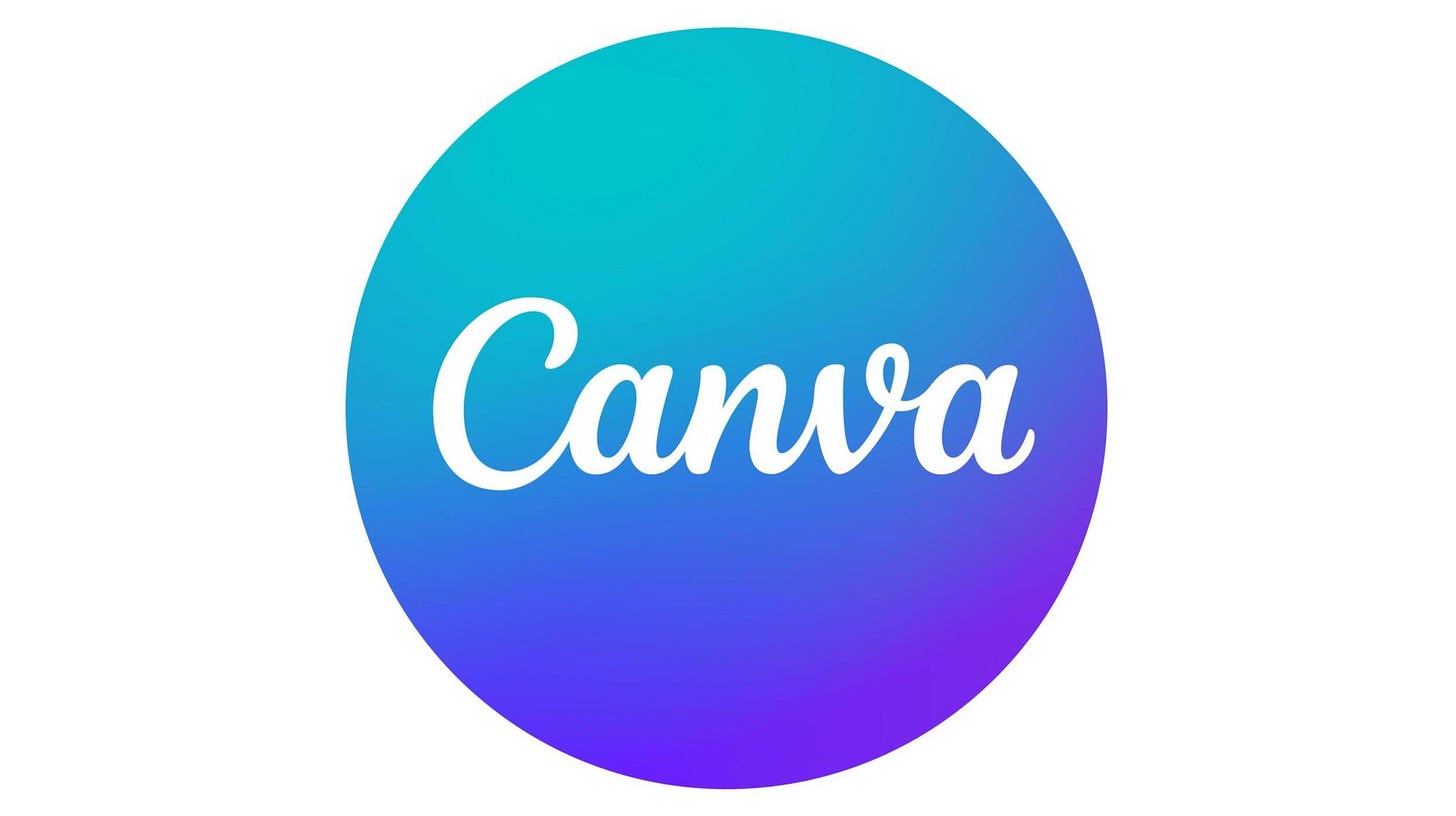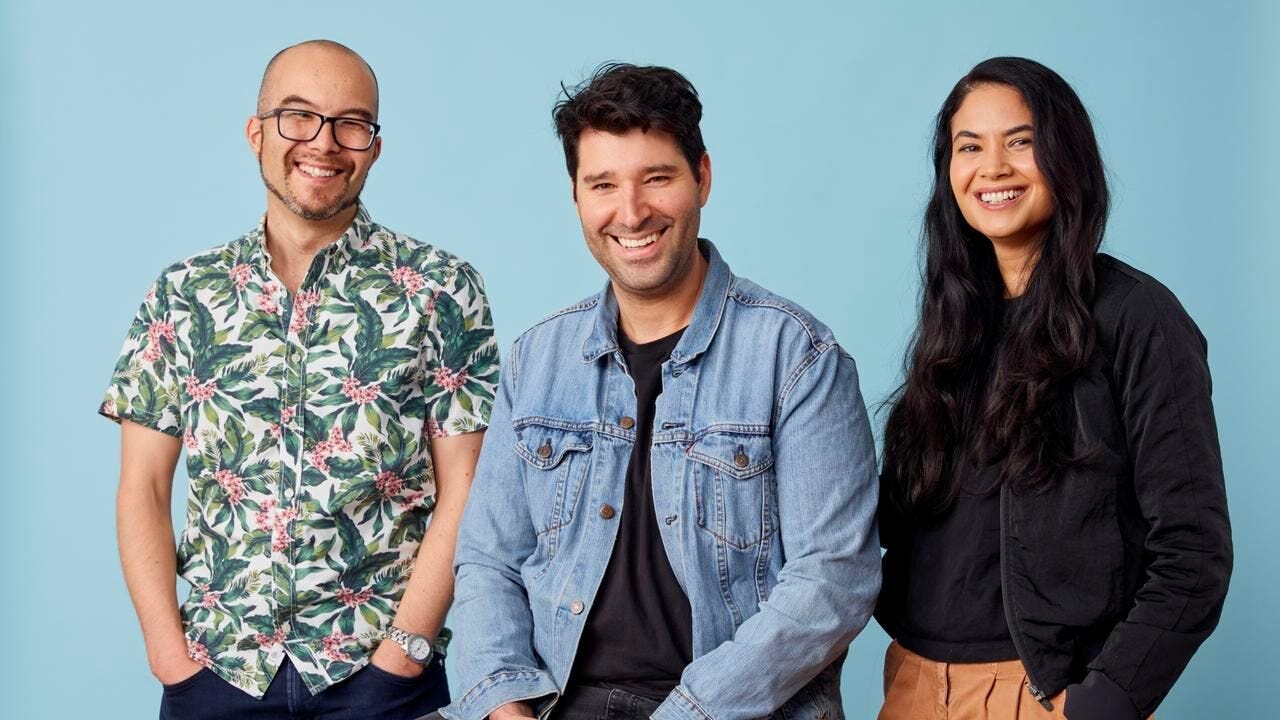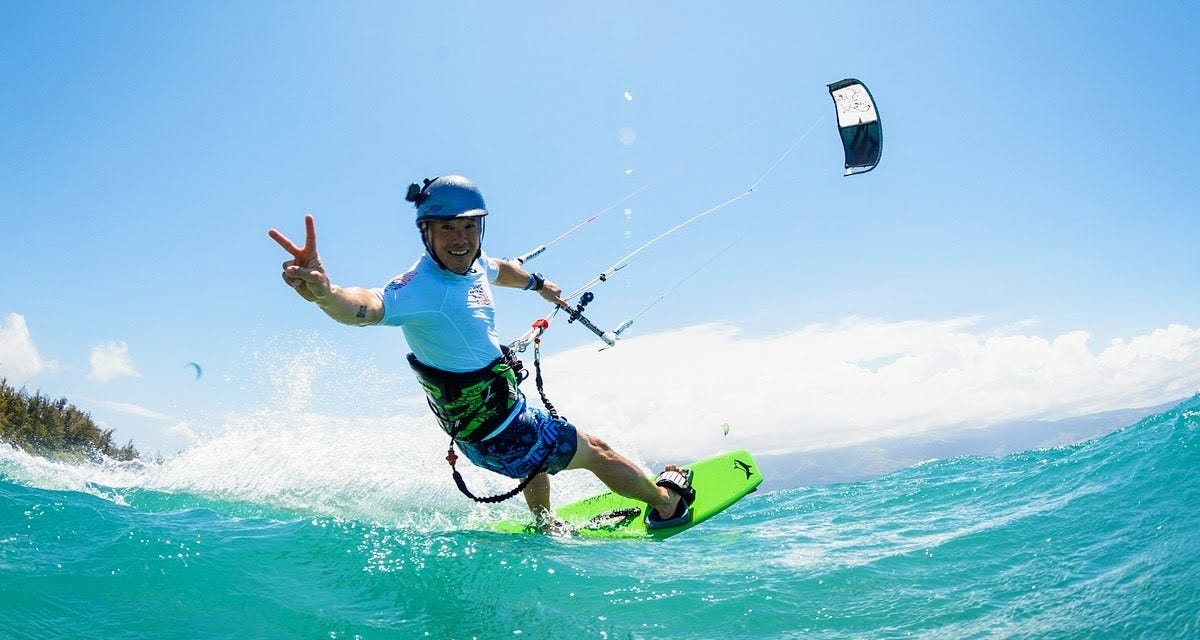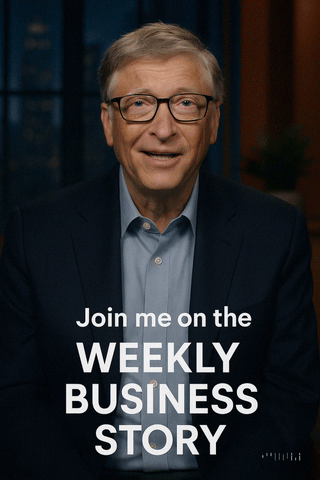You’ve probably used Canva to make a quick design or remove a background in seconds.
But have you ever wondered how this simple tool, quietly sitting in your browser, became a $40 billion company?
It didn’t start in Silicon Valley. It didn’t come from a sophisticated tech founder.
It started in a living room. With someone no one took seriously.
Over 100 investors said no. One after the other.This isn’t just the story of how Canva was built.
It’s about what happens when frustration turns into obsession -
and how that obsession, over time, can quietly build an empire.
Melanie Perkins was studying communications and commerce at the University of Western Australia when she stumbled onto a problem she couldn’t unsee. In her spare time, she taught design programs to fellow students, for example, Photoshop, InDesign, the usual suspects. And every session, it was the same struggle: menus too cluttered, tools too confusing, basic tasks buried in layers of complexity.
She wasn’t a designer by training, but she had a clear thought: this doesn’t have to be this hard.
Instead of starting with some grand vision, she looked around for something close to home. Something she knew inside out.
Yearbooks.
She knew the process well; every Australian school had one. Students spent months putting together printed books filled with photos, bios, and memories. The tools were outdated. The layout process was a nightmare. So she built a basic web app called Fusion Books, together with her partner Cliff Obrecht.
( Cliff Obrecht – Co-founder & COO and Melanie Perkins – Co-founder & CEO )
Building it wasn’t easy, she didn’t know how to code, not a single line. But that didn’t stop her.
She wrote out an 80-page blueprint of how the product should work—every function, every click, every layout option. They approached local developers, but most turned them down. Eventually, a Perth-based software company agreed to help build the first version. Back in 2007, building a simple drag-and-drop tool—where you can click something, move it, and place it anywhere on the screen—was a real challenge. It sounds easy today, but back then, getting that to work in a browser was complicated. Every browser acted differently, and there were no clear design rules. They had to build almost everything from scratch.
While the software took shape, they ran the rest of the business from her mother’s living room. Melanie managed the product and customer experience. Cliff handled sales and emails. Orders were packed ( People could design their yearbook online, and have the printed version delivered to their doorstep) by hand on the kitchen floor.
Her mom helped with proofreading (meaning carefully checking text for spelling, grammar, and punctuation mistakes before it's finalized ), Cliff’s dad helped with logistics. They cold-called schools, onboarded customers manually, and ran printing through a Fuji Xerox partnership they negotiated themselves.
The first year, 16 schools signed up.
The second year, 50.
Then 100. Then international expansion—France, New Zealand.
Fusion Books quietly became the largest yearbook company in Australia. But it was never really about yearbooks.
While Fusion was growing, Melanie was thinking about something much bigger.
If high schoolers could design beautiful yearbooks this easily… why couldn’t anyone design anything?
Flyers. Presentations. Posters. Menus. Social media posts. Anything visual.
She and Cliff began pitching a new idea: a fully online design platform for everyone, not just students or professionals. Something simple. Something elegant. Something that anyone could use, anywhere in the world.
But turning that idea into a global platform was going to take more than vision.
They needed money.
They needed engineers.
And they needed someone who believed in a team from Perth, without technical backgrounds, pitching a product that sounded, to many, like a toy.
So they flew to Silicon Valley.
Not to raise $10 million. Just to get someone to say yes.
They pitched to dozens of investors, often face-to-face.
And the rejections came quickly:
“You’re too early.”
“You’re not technical.”
“You’re too far away from the market.”
“This isn’t a real company. It’s a school project.”
But they didn’t give up.
In 2011, at a local startup event in Perth, Melanie met Bill Tai, a venture capitalist and early investor of companies like Zoom and TweetDeck. He liked the idea, but more than that, he liked their courage. Still, he wasn’t writing checks yet. He gave her a challenge:
“If you want to keep talking… come kite surfing.”
So she did.
She learned to kite surf—not for the sport, but for the network.
Through Tai, she got access to his circle: startup mentors, other investors, and seasoned engineers. One of those introductions led to Lars Rasmussen, the co-creator of Google Maps. He wasn’t ready to invest either, but he did something just as important:
He introduced them to Cameron Adams.
Cameron Adams (Co-founder & Chief Product Officer), Cliff Obrecht (Co-founder & COO), and Melanie Perkins (Co-founder & CEO)
Cameron had helped design Google Wave. He had the technical background, the product instincts, and the credibility. At first, he wasn’t convinced because he’d seen a lot of weak ideas from non-technical founders.
But Melanie and Cliff didn’t just show him an idea.
They showed him Fusion Books and what they had already built, sold, and scaled.
It wasn’t a pitch deck. It was proof.
He joined as their third co-founder.
But they still didn’t have money.
That changed at an unusual kind of pitch event, not in a boardroom, but on the beach.
At that same event where they met Cameron Adams, they also secured their first funding.
Bill Tai on his kiteboard—the man who introduced Melanie to his circle of entrepreneurs and investors.
Instead of pitching with a deck, Melanie pitched on the water, at dinner, during walks, at any moment she could find.
And it worked.
They raised $3 million in seed funding, mostly from a mix of Australian and Silicon Valley investors. The capital gave them just enough runway to hire a small, scrappy team and start building the first version of Canva.
And while the team wrote code and designed templates, they did something equally smart: they built demand before product.
Before Canva ever launched, users could sign up to reserve a username. That tiny bit of friction created just enough urgency—“better get in early”—and it spread.
Bloggers, teachers, and startup communities began to share it. Word of mouth did the rest.
By the time Canva officially launched in 2013, they had something most startups would kill for:
A waitlist of over 50,000 people—ready and excited to try the product.
And from there, it grew.
Not through ad spend. Not through hype.
But through something much more powerful: word-of-mouth advertising.
Key lessons
1. If something frustrates people every day, that’s your best startup idea.
Design software made people feel dumb. Canva didn’t just make it easier, it removed the shame.
→ Solve a real pain. One that annoys or embarrasses people.
2. You don’t have to be in Silicon Valley to get noticed.
They started in Perth, but still reached the right people by being persistent.
→ Show up, follow up, and stay in the game longer than others.
3. People don’t care where you’re from; they care what you’ve built.
Melanie wasn’t technical, and she wasn’t from a startup hotspot. But she had proof, and that spoke louder than her résumé.
→ Build something that works—credentials can wait.
4. A small trick can create big excitement.
Letting people reserve a username made thousands want in before launch.
→ Create urgency early. Make people feel like they’re part of something.
AI Tool of the Week:
Sora
What is Sora?
Sora is OpenAI’s brand-new tool that lets you create short, realistic videos just by describing what you want to see. You simply type in your idea, and Sora turns it into a video, no camera, no editing, just your imagination at work. Each video can be up to 20 seconds long.
Check out this example I made myself using Sora.










Then you will love my writings. Check out the one that came out this morning about The Pivots and tell me if it resonates with you.
philippinelli.substack.com
Hey! I saw your post pop up on my homepage and wanted to show some support. If you get a chance, I’d really appreciate a little love on my latest newsletter too always happy to boost each other!